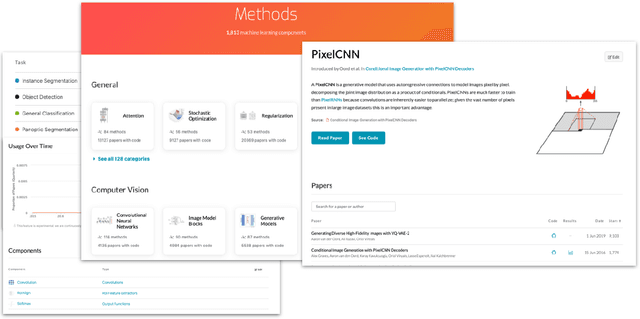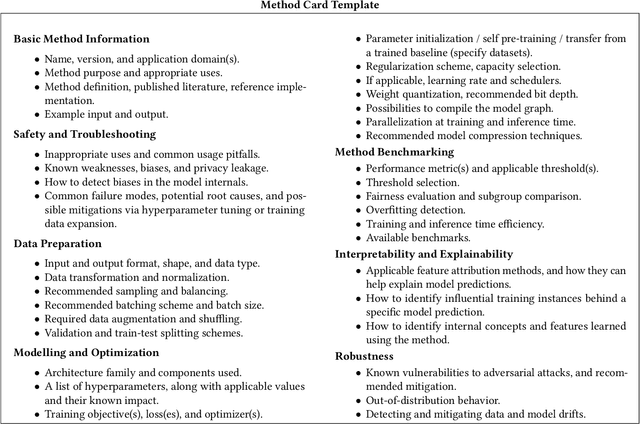Emily McReynolds
Casual Conversations v2: Designing a large consent-driven dataset to measure algorithmic bias and robustness
Nov 10, 2022



Abstract:Developing robust and fair AI systems require datasets with comprehensive set of labels that can help ensure the validity and legitimacy of relevant measurements. Recent efforts, therefore, focus on collecting person-related datasets that have carefully selected labels, including sensitive characteristics, and consent forms in place to use those attributes for model testing and development. Responsible data collection involves several stages, including but not limited to determining use-case scenarios, selecting categories (annotations) such that the data are fit for the purpose of measuring algorithmic bias for subgroups and most importantly ensure that the selected categories/subcategories are robust to regional diversities and inclusive of as many subgroups as possible. Meta, in a continuation of our efforts to measure AI algorithmic bias and robustness (https://ai.facebook.com/blog/shedding-light-on-fairness-in-ai-with-a-new-data-set), is working on collecting a large consent-driven dataset with a comprehensive list of categories. This paper describes our proposed design of such categories and subcategories for Casual Conversations v2.
Prescriptive and Descriptive Approaches to Machine-Learning Transparency
Apr 27, 2022

Abstract:Specialized documentation techniques have been developed to communicate key facts about machine-learning (ML) systems and the datasets and models they rely on. Techniques such as Datasheets, FactSheets, and Model Cards have taken a mainly descriptive approach, providing various details about the system components. While the above information is essential for product developers and external experts to assess whether the ML system meets their requirements, other stakeholders might find it less actionable. In particular, ML engineers need guidance on how to mitigate potential shortcomings in order to fix bugs or improve the system's performance. We survey approaches that aim to provide such guidance in a prescriptive way. We further propose a preliminary approach, called Method Cards, which aims to increase the transparency and reproducibility of ML systems by providing prescriptive documentation of commonly-used ML methods and techniques. We showcase our proposal with an example in small object detection, and demonstrate how Method Cards can communicate key considerations for model developers. We further highlight avenues for improving the user experience of ML engineers based on Method Cards.
 Add to Chrome
Add to Chrome Add to Firefox
Add to Firefox Add to Edge
Add to Edge